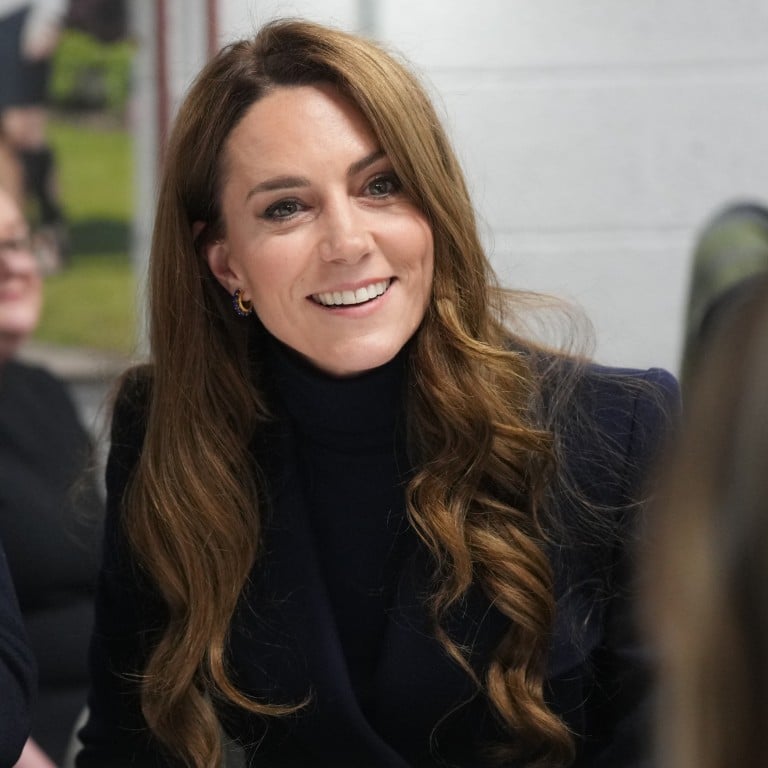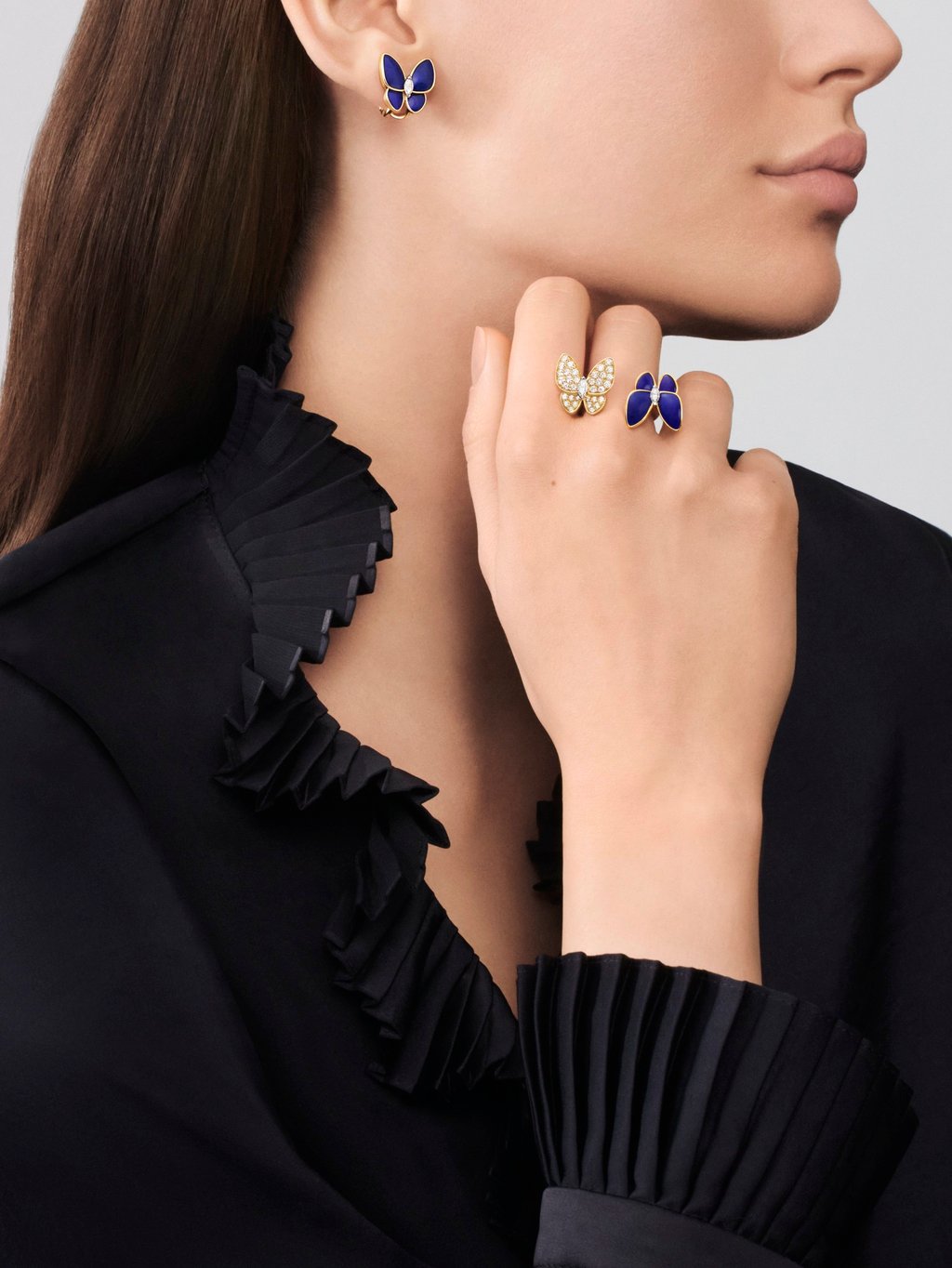Explainer / Lapis lazuli, prized since ancient times for its dazzling blue hue and protective properties, is attracting a new generation of admirers, including Rihanna, Kate Middleton and Jennifer Lawrence

Dior Joaillerie, Van Cleef & Arpels and Pomellato are using the dazzling blue stone in new jewellery, while Bulgari, Zenith and Gerald Charles are incorporating it into luxe watches
Formed within limestone under intense heat and pressure, the finest lapis has been prized for millennia at Afghanistan’s Sar‑e‑Sang mines in Badakhshan province, where miners have long sought stones with the richest colour and the fewest veins.
That geological legacy laid the groundwork for lapis’ role in adornment, which stretches back to antiquity. As early as the third millennium BC, Mesopotamian rulers carved cylinder seals and amulets from the stone. In ancient Egypt, lapis graced scarabs, jewellery for the elite, and – most famously – the intricate inlays of Tutankhamun’s burial mask.

Across the Mediterranean, lapis was powdered into ultramarine pigment so vivid it often cost more than gold leaf, bringing rich colour to medieval manuscripts and Renaissance altarpieces. Over in Mughal India, artisans set slabs and cabochons into pietra dura mosaics adorning palaces and monuments such as the Taj Mahal, cementing lapis’ status as a symbol of power and prestige.
In London, Ananya – founded by Central Saint Martins graduate Ananya Malhotra – draws on lapis’ healing aura in its long-running Chakra series. Each energy point of the body aligns with a gemstone, and lapis, linked to the third‑eye chakra, takes centre stage. In the white gold Chakra earrings, a deep blue lapis cabochon is cradled by concentric rings of baguette and pavé diamonds, mimicking the spinning wheel of energy. A matching bracelet is strung with polished lapis beads, anchored by a diamond-set bar clasp.

Opaque lapis delivers unwavering colour no matter the light